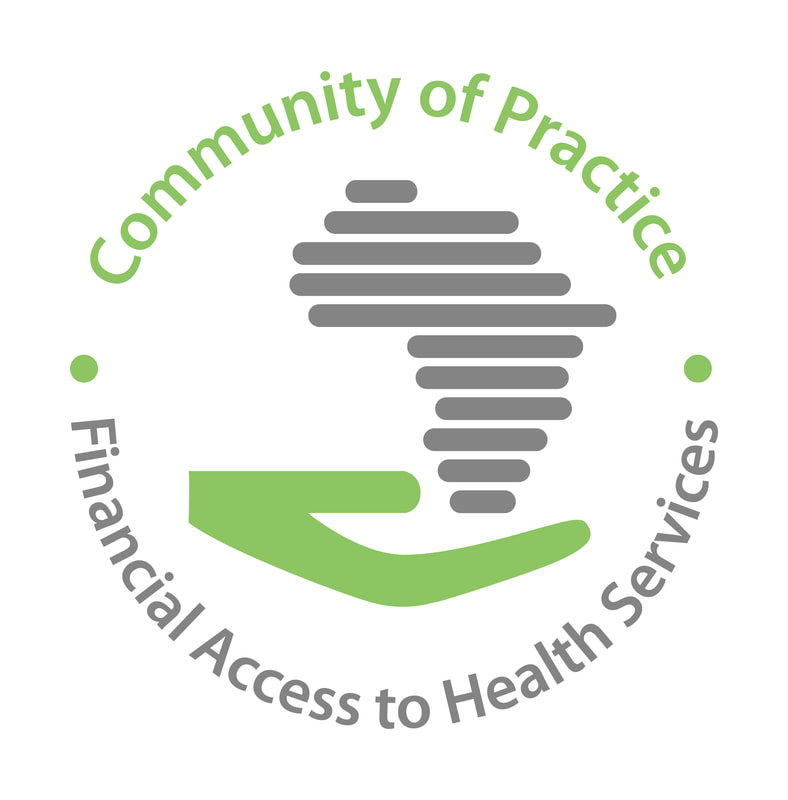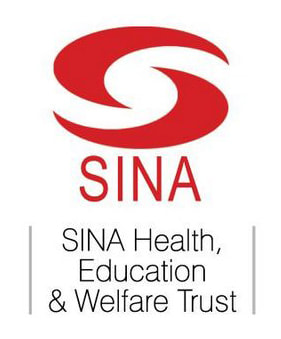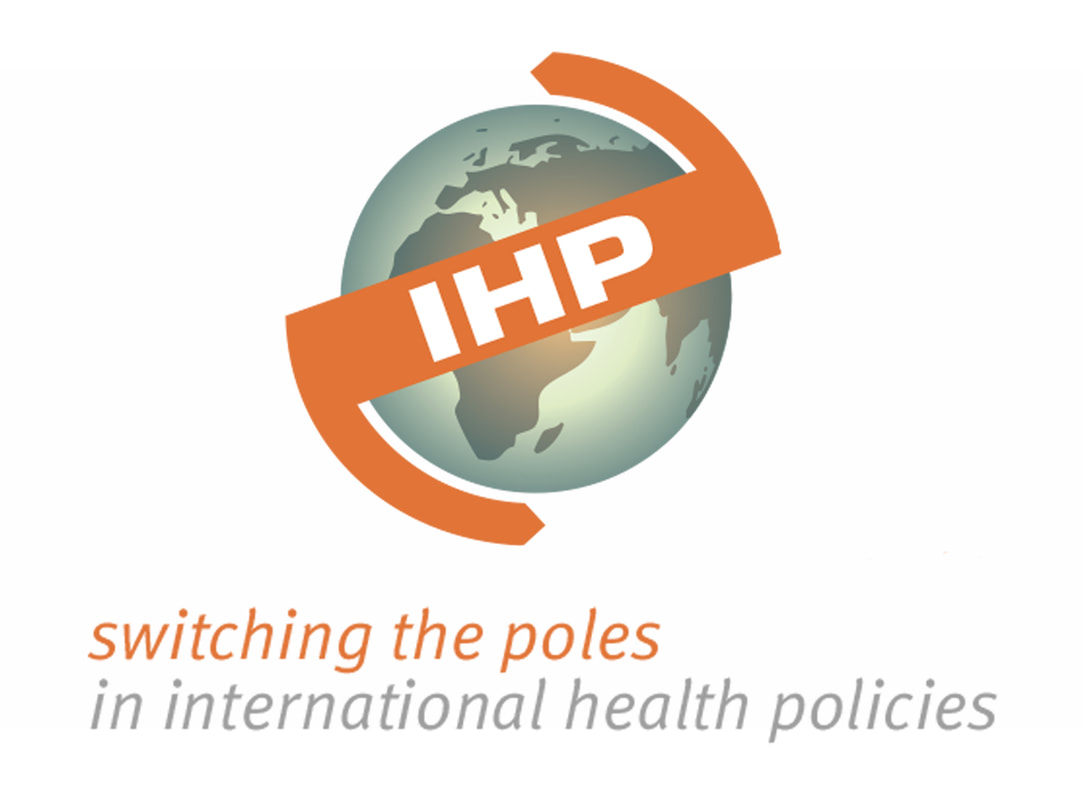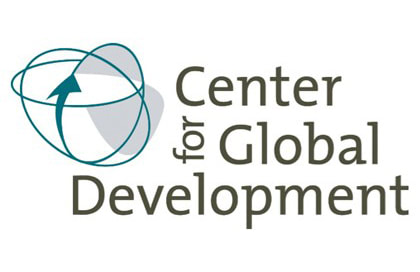By Vincent R. Okungu (Emerging Voice 2010, KEMRI-Wellcome Trust)
In the 1990s, a few European donors and partner developing country governments acknowledged that the traditional project approach to the delivery and management of aid was not effectively improving population health even though development assistance to the health sector in poor countries was increasing. The sector-wide approach (SWAp) to financing health care was then proposed to replace the project approach.
SWAp is a process of aid coordination that aims at pooling external and internal funds under recipient governments’ leadership and ownership such that donors and recipient governments work towards common goals and are accountable for the results. The SWAp process shares a lot with (and probably inspired) the Paris Declaration of Aid effectiveness (2005) and the Accra Agenda for Action (2008). It is meant to significantly improve population health through progress in the provision of accessible, equitable and sustainable health services. These three goals are also at the core of universal health coverage (UHC) agenda current across the globe.
In a previous blog post on Financing Health in Africa, Jurrien Toonen wondered whether performance-based financing (PBF) would survive UHC. Is the question not relevant also for the SWAp approach? Are SWAps and UHC friends or foes?
Universal health coverage is the ultimate goal of ongoing health system reforms globally. It aims at making health services accessible and equitable to all citizens regardless of socioeconomic status. UHC is strategic in fighting poverty and ill-health because an effective UHC system significantly reduces the incidence of impoverishment from out-of-pocket payments for health care.
The SWAp is a process. Its focus is on consolidating internal and external funds, and integrating and harmonizing donor projects into national health programmes. This is to strengthen the entire health system capacity, structures and finances, to deliver adequate and quality health services to target groups. The SWAp process therefore, could in theory very well support UHC by pooling funds and health system capacity development. Furthermore, under this view the SWAp process should not only be seen as an aid coordination tool but also a system management tool, to provide long-term capacity building that is essential for UHC.
On the flipside, many SWAps have been disappointing. Most are yet to deliver any tangible and measurable benefits to population health (even if such measurement would be difficult). In practice, many SWAps have poor quality and overambitious plans and expenditure frameworks; a number of countries are yet to translate SWAps into actions for national leadership and ownership. Many donors and recipient governments have also reduced SWAps to a specific public expenditure programme funded by specific donors according to policy and budget structures set by the national government.
Ideally, SWAps should involve several actors who must work together to achieve required results. The practice of reducing SWAps to common planning and monitoring, when pooling funds is very limited, has not been conclusive, including in terms of providing accessible health services in an equitable and sustainable manner.
The objectives of greater coordination of aid actors, harmonization of rules and government ownership are relevant. The question then is to what extent UHC initiatives could benefit from these objectives, dear to the SWAp approach.
A first recommendation would be to understand well the logic of some donors: they simply refuse to support SWAps because they need to ensure visibility and profile of their agencies. Other projects are pilots of planned interventions in donor countries, and agencies carrying out these ‘pilot projects’ reject SWAps because they would not be able to evaluate and measure results of their interventions. However, one should not blame the donors only: weak government leadership over the health sector is to blame as it offers opportunities for donors to force their interests on the sector. Locally, SWAps reduce chances for corruption and patronage and have often faced opposition from establishment bureaucrats.
Interestingly enough, this reluctance to work together is also a challenge for UHC. Indeed, fragmentation and multiplication of schemes is an obstacle to UHC (this was the main topic of the recent regional workshop organized by the PBF and Financial Access CoPs in Bujumbura and was much discussed also in Phnom Penh, as reported by the Emerging Voice Raoul Bermejo).
I believe actors involved in SWAps and those committed to UHC should work together. SWAps should be addressed under the agenda of universal coverage. Recipient governments and local stakeholders have to convince donors that managing a health system for UHC must be through long-term capacity building plans. Government policies ought to put the population’s universal health needs and expectations as the top priority agenda. This persuasion of donors should not go through ‘words’ but through ‘actions’: local leadership of SWAps should be improved with a specific department established and designated to lead the SWAp process.
SWAps can support UHC efforts but only as an all inclusive process with a strong, transparent and accountable recipient government leadership.
Readers are encouraged to share specific country experiences with SWAps.






